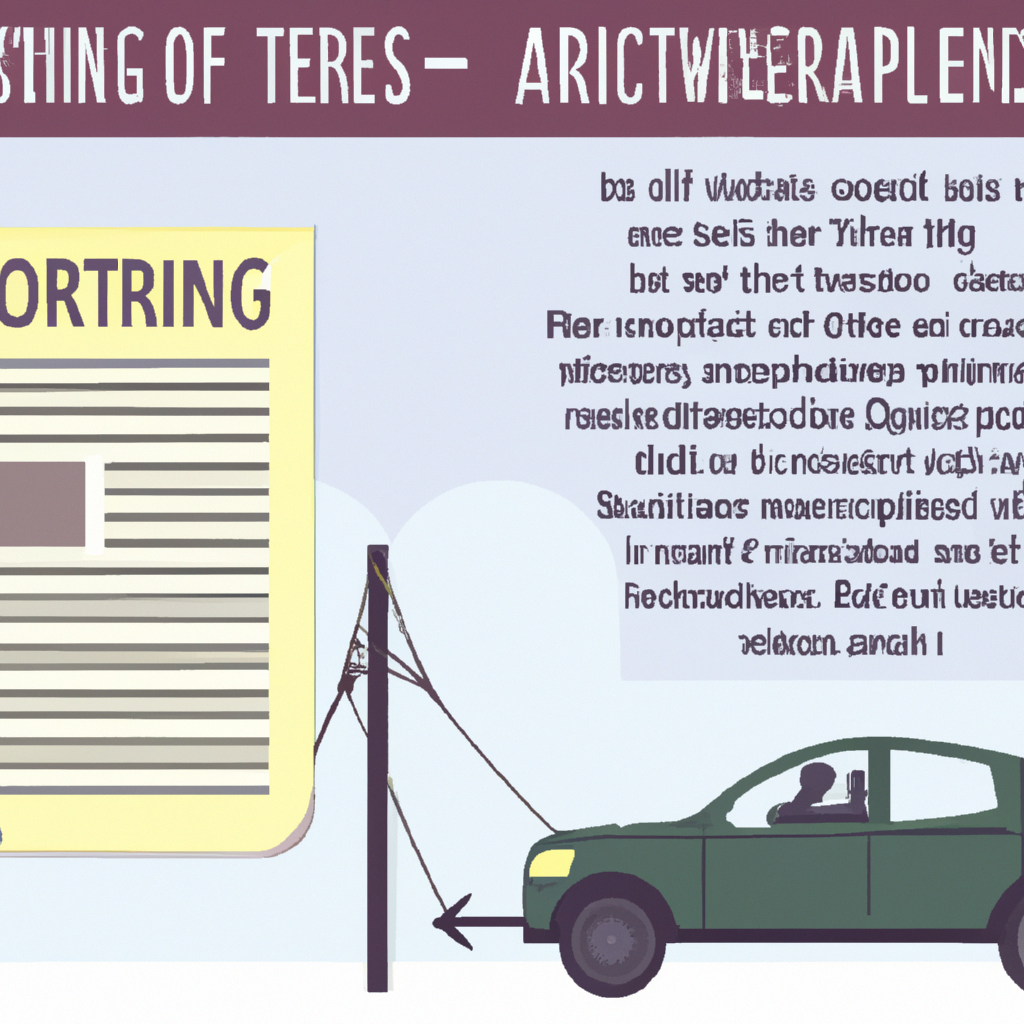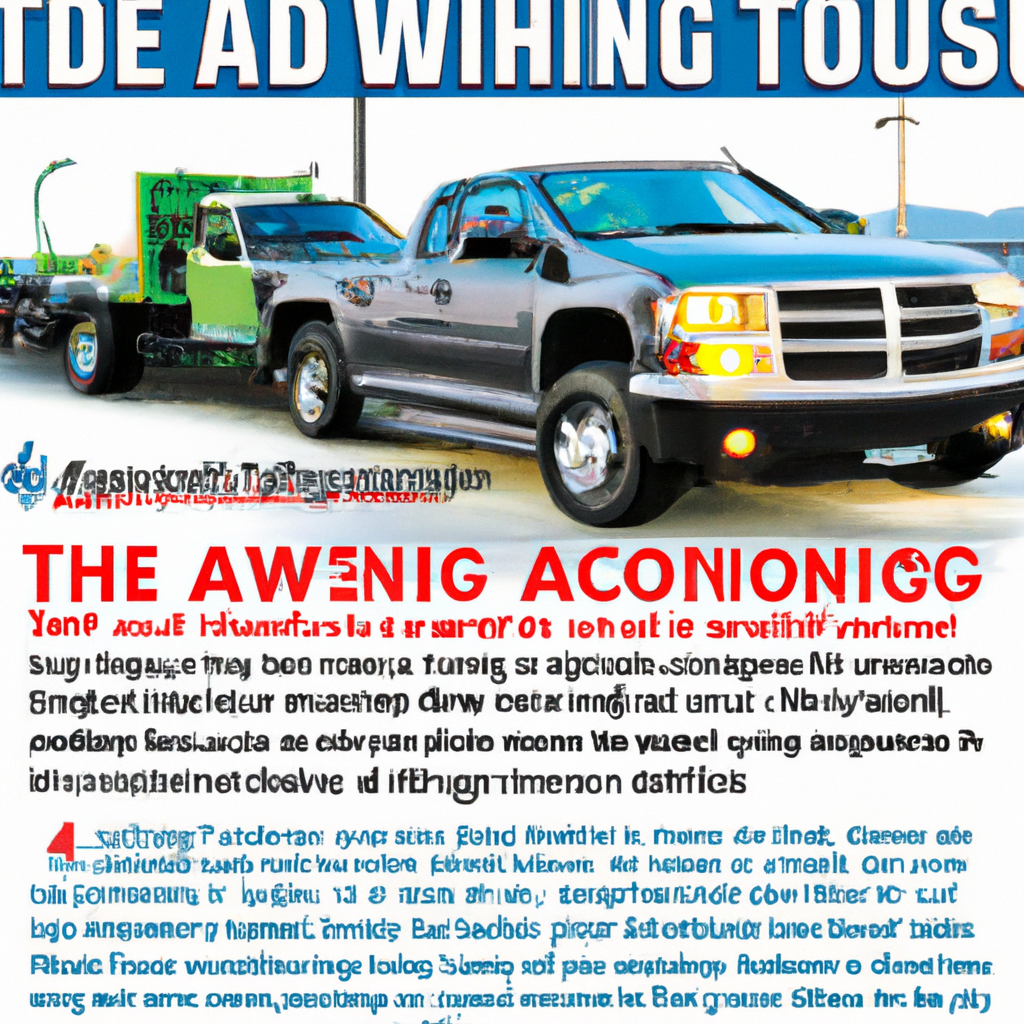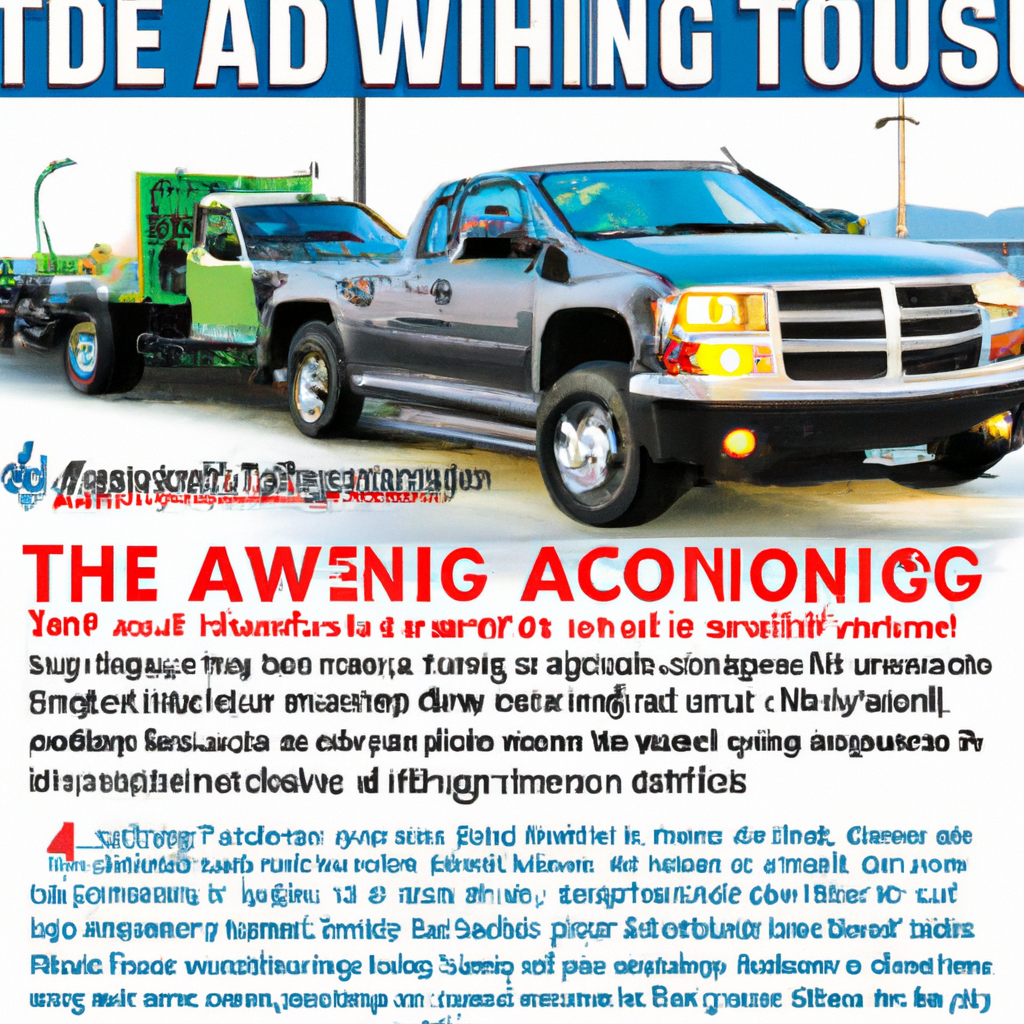Towing a vehicle involves the process of pulling or dragging a disabled, parked, or abandoned car using another vehicle, typically a tow truck or a recovery vehicle. Whether due to a mechanical breakdown, a collision, or any other reason, vehicles that are not in working order and cannot be driven to a desired destination need to be towed. This involves attaching a strong metal cable or a tow bar between the two vehicles, allowing the tow truck to transfer the non-functional car to a repair shop, impound lot, or any other designated location. Towing is a crucial service that ensures the safe and efficient removal of stranded or obstructing vehicles, keeping roads clear and traffic flowing smoothly. Towing a vehicle refers to the act of pulling or hauling another vehicle using a powered vehicle, such as a truck or SUV. It is a common practice used for various reasons, including transporting disabled or non-functioning vehicles, moving recreational trailers or boats, or relocating vehicles in a parking lot. Towing requires specific equipment, adherence to legal requirements, and the implementation of proper techniques to ensure safety and prevent damage to the vehicles involved.
Definition of Towing
Towing, in its simplest form, involves using one vehicle to pull another. The vehicle doing the towing is referred to as the tow vehicle, while the vehicle being towed is called the towed vehicle or the trailer. This can be done using a variety of methods, such as using a tow bar, a tow dolly, or a trailer with a hitching mechanism. The purpose of towing is to transport a vehicle that is not operational, or for the convenience of moving a vehicle without driving it.
Different Types of Towing
There are several different methods of towing, each with its own requirements and benefits. The most common methods include flatbed towing, two-wheel towing, and three-wheel towing.
Flatbed towing involves using a tow truck with a flatbed on the back to transport a vehicle. This method ensures that all four wheels of the towed vehicle are off the ground, which reduces the risk of damage to the vehicle’s drivetrain or suspension.
Two-wheel towing, also known as dolly towing, involves using a tow dolly to lift the front or rear wheels of the towed vehicle off the ground, while the other set of wheels remain on the road. This method is suitable for front-wheel or rear-wheel drive vehicles and can be less expensive than flatbed towing.
Three-wheel towing is a method used for motorcycles or trikes, where a specialized trailer is attached to the tow vehicle to carry the motorcycle or trike. This method provides stability and security during transportation.

Reasons for Towing a Vehicle
There are numerous reasons why one might need to tow a vehicle. In the case of breakdowns or mechanical failures, towing can be used to transport the disabled vehicle to a repair shop or a safe location. Towing can also be utilized to move trailers, boats, or recreational vehicles. Additionally, towing may be necessary to relocate a vehicle obstructing traffic or parked illegally. Overall, towing provides a practical and efficient solution for various transportation needs.
Legal Requirements for Towing
When towing a vehicle, it is crucial to comply with the legal requirements set by local jurisdictions. These requirements may include having a valid driver’s license, ensuring the towed vehicle has proper registration and insurance, and adhering to weight limits and towing speed limits. Some areas may also have specific regulations regarding towing equipment, such as the use of safety chains or brake controllers. Ignoring these legal requirements can result in fines, penalties, or even the impoundment of the towed vehicle.

Towing Equipment and Accessories
To successfully tow a vehicle, one must have the proper equipment and accessories. This includes a tow hitch, which is mounted to the tow vehicle and used to connect the towed vehicle. The type and capacity of the tow hitch will vary depending on the weight and size of the trailer or towed vehicle.
In addition to the tow hitch, safety chains are essential for connecting the towed vehicle to the tow vehicle. These chains act as a backup in case the tow hitch fails and help prevent the towed vehicle from completely detaching. It is important to cross the safety chains under the trailer tongue to prevent the tongue from dropping to the ground in the event of detachment.
Other accessories that may be required for towing include trailer brakes, trailer lights, and extension mirrors for improved visibility. These accessories ensure proper functionality and compliance with road safety regulations.
Choosing a Towing Method
When selecting a towing method, several factors should be taken into consideration. These factors include the type and weight of the towed vehicle, the distance to be traveled, and the towing vehicle’s capabilities. Flatbed towing is often considered the safest and most versatile method, as it allows for the transportation of various types of vehicles without the risk of damage.
If the towed vehicle is a front-wheel drive car, two-wheel towing with a tow dolly may be a suitable option. However, care must be taken to ensure the tow dolly is compatible with the specific vehicle and that the weight distribution is balanced to prevent swaying or loss of control during towing. Three-wheel towing is a specialized method used for motorcycles or trikes, providing stability and ease of transportation for these vehicles.
Preparing a Vehicle for Towing
Before towing a vehicle, it is essential to properly prepare it to ensure a safe and successful towing experience. This includes checking the vehicle’s towing capacity to ensure it can safely tow the intended load. The owner’s manual or manufacturer’s guidelines should provide this information.
Additionally, the towed vehicle should be secured properly to the tow vehicle. This involves attaching the tow hitch or tow bar correctly and securing the safety chains, ensuring they are not dragging on the ground.
It is also important to inspect and adjust the tire pressure of both the towed and tow vehicles. Properly inflated tires prevent excessive wear and reduce the risk of blowouts during towing. Additionally, adjusting the mirrors on the tow vehicle to provide a clear view of the towed vehicle is essential for safe maneuvering.
Towing Techniques and Best Practices
To ensure a smooth and safe towing experience, it is essential to follow proper towing techniques and best practices. This includes maintaining a safe distance from other vehicles, especially during braking or accelerating, as the added weight can impact stopping distances.
When making turns, it is important to take wider turns to account for the increased length of the towed vehicle. This prevents the towed vehicle from colliding with curbs, signs, or other obstacles.
Additionally, it is crucial to maintain a consistent and controlled speed during towing. Driving too fast can put unnecessary stress on the towed vehicle and increase the risk of accidents.
Safety Considerations When Towing
Towing poses certain safety considerations that must be taken seriously to prevent accidents or damage to the vehicles involved. One of the most important safety considerations is ensuring that the towed vehicle’s brakes are in proper working condition. If the towed vehicle does not have its own braking system, a supplemental braking system may be necessary.
Regularly inspecting the towing equipment for any signs of wear or damage is also crucial for safety. This includes checking the tow hitch, safety chains, and tow straps for any signs of rust, fraying, or weakness.
Maintaining adequate visibility is another important safety consideration. This involves ensuring that all lights on the towed vehicle are functioning properly and that any extension mirrors provide a clear view of the surrounding traffic.
Lastly, being aware of the towing vehicle’s weight limits and properly distributing the weight of the towed vehicle is essential to prevent swaying and loss of control during towing.
Common Mistakes to Avoid When Towing
Despite following proper techniques and guidelines, certain mistakes can still occur when towing a vehicle. One common mistake is towing a vehicle that exceeds the weight capacity of the tow vehicle. This can put excessive strain on the tow vehicle’s engine, brakes, and suspension, leading to potential mechanical failures.
Another common mistake is failing to properly secure the towed vehicle to the tow vehicle. This can result in the towed vehicle detaching from the tow vehicle, causing accidents or damage to both vehicles.
Neglecting regular maintenance of the towing equipment is another mistake to avoid. Failing to inspect and maintain the tow hitch, safety chains, and other components can lead to equipment failure while towing.
Lastly, disregarding local laws and regulations regarding towing can lead to fines, penalties, or legal consequences. It is important to familiarize oneself with the specific requirements and restrictions of the jurisdiction in which towing is being performed.
In conclusion, towing a vehicle involves hauling one vehicle using another vehicle. It is important to understand the different towing methods, legal requirements, and safety considerations associated with towing to ensure a successful and safe towing experience. By following proper techniques and avoiding common mistakes, towing can provide a practical and efficient solution for various transportation needs.
